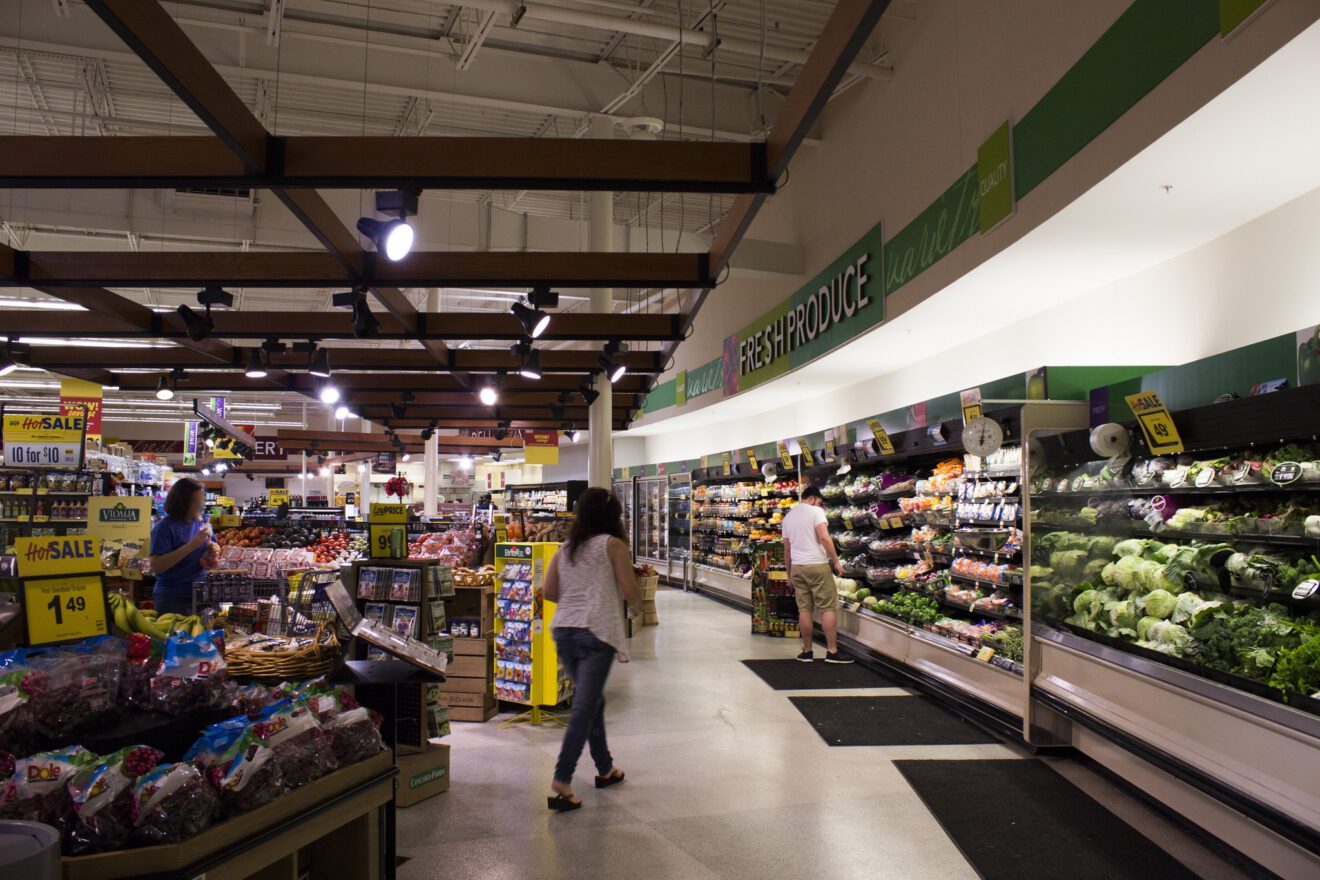“What’s for dinner?” We often use the example of an average consumer’s after-work trip to the grocery store — trying to figure out what to have for dinner that evening — as an analogy for what’s likely driving the changing landscape for food procurement. This consumer looks somewhat like a deer caught in the headlights, trying to figure out what on earth they are going to buy in order to make dinner for their family that evening after a long day of work. The story is often impactful, since nearly everyone’s had this experience at one point or another.
Whether it’s Amazon‘s purchase of Whole Foods Market or Albertson‘s purchase of Plated.com, we can see that beneath this seemingly simple consumer decision lies an intricate web of interconnected digital and brick and mortar services that are slowly developing in step with consumers who are increasingly personalizing how they eat as a means of meeting their own needs and expressing their values. The result is a diversified food and beverage landscape in which the process of procuring food and beverage is changing as consumers use it to demonstrate their values.
Within the context of how consumers procure their food, we find it helpful to view things from a continuum of procurement that is on one end transactional (which is about convenience and price) vs. experiential (which is journey-focused).
These two factors make up a new food procurement continuum that is emerging and helps explain the journey upon which consumers embark as they both figure out “what’s for dinner” (and how to get snacks, meals, groceries, etc.) while simultaneously expressing their beliefs. These concepts are important since in the future we expect that forms of procurement and buying that allow consumers to engage in “identity play” will dominate.
The specifics of these two ends of the procurement continuum include:
When consumers procure foods and beverages along transactional lines, the act of purchasing is work. It needs to be done quickly and conveniently. On this end of the continuum, transactional procurement means they:
- Don’t have time or energy to invest in the transaction
- Are spending the bare minimum to meet their needs
- Are getting the most inexpensive products as possible.
One consumer described transactional shopping to us this way: “If I’m just buying toilet paper, paper goods, tuna fish, canned goods, I have a supermarket by me called Western Beef. It’s on the next block, it’s very inexpensive, but it’s not a pleasurable experience.
At the other end of the continuum, experiential procurement is about fun, play, discovery and customization. Key needs we see here are varied and include:
- Having foods and beverages made with simple, real ingredients
- Getting culinary assistance and help with cooking
- Local or seasonal foods
- Foods and beverages that have a unique story attached to them
Describing experiential shopping, one consumer notes: “I like going with my daughter to Costco. We like to sample different items. Have lunch afterwards. Go down different aisles to see what’s new. I go on weekends when they have a lot going on.”
Whether involved in transactional or experiential occasions we find that how consumers are food shopping is inherently changing. Our Food Shopping in America report finds that consumers are making fewer trips and cross shopping channels more than in the past.
Today, consumers are making almost 2 trips to the store every week. They are going to just over 12 stores in the past 30 days. Consumers also report increasing their shopping at both upscale and value-oriented stores. This likely reflects the growth and ease of cross-shopping and should remind us there are few shopper “types” – specialty/natural shoppers shop dollar stores and vice versa.
Finally, online food procurement is seeing tremendous growth thanks to it becoming increasingly mainstream in terms of user friendliness and experiments in making digital procurement experiential. Going forward:
- What to eat and where to get it from continues to be a central question for consumers. The answer to these questions is increasingly blurry due to the evolving food and beverage landscape.
- Procuring food is a journey, and there is a balance of transactional and experiential components that will be critical for most retailers, manufacturers and foodservice providers to manage in order to be successful. Find the area that makes you truly unique from a consumer standpoint and deliver on it well.
- The top needs that consumers have across retailers are convenience and ensuring that what they buy is made with real, simple ingredients. There is an opportunity for retailers and manufacturers to work together here in order to deliver the best option for the consumer.
- Shoppers are increasingly channel hopping in order to get what they want. Consider scaling back efforts to be all things to all shoppers and focus on what your customers really use you for. This is important from a manufacturer perspective as well, as you strategically prioritize key accounts and key retailers with consumers for whom your brand resonates.
- As the online channel continues to grow, relevancy is not just about ‘being online’ but rather focusing on the points of differentiation that offer the benefits consumers are looking for.
As CEO of The Hartman Group, Demeritt drives the vision, strategy, operations and results-oriented culture for the company’s associates as it furthers its offerings of tactical thinking, consumer and market intelligence, cultural competency and innovative intellectual capital to a global marketplace.
__________________________________________________
If you enjoyed this article, sign up for GMA SmartBrief, National Restaurant Association SmartBrief and FMI dailyLead to get news like this in your inbox, or check out all of SmartBrief’s food and beverage newsletters, as we offer over 20 newsletters covering the industry from restaurants to food retail to food manufacturing.
